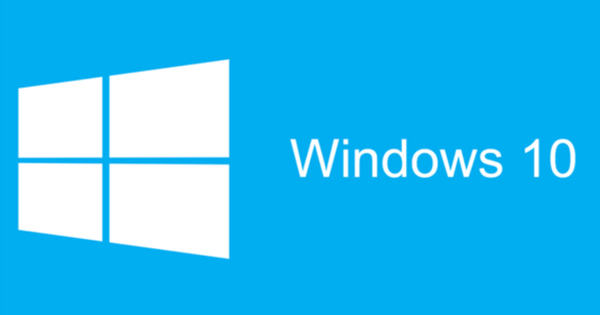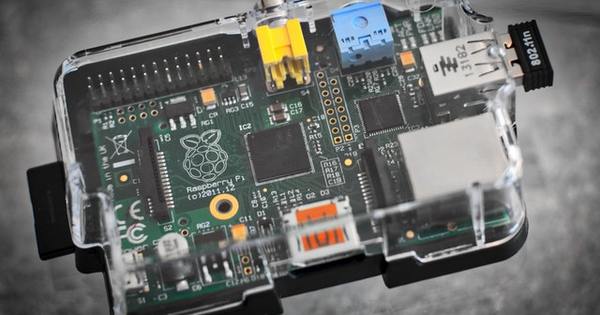Linux distributions come in many shapes and sizes, but the slick elementary OS is a very special one. This makes it look like you're running OS X on your computer. After installation, you immediately end up in a familiar user environment where various apps are ready for you.
1 Which version?
Elementary OS is available in a 32bit and 64bit version. Check in advance which processor architecture you need for your system. Do you have no idea and is it an older machine? Then take the 32-bit version just to be sure. Also read: 15 ways to get started with Linux.
Surf to www.elementary.io and scroll down a bit. The makers of elementary OS ask for a fee to be paid to use the software, but it is not mandatory. click on Amended and enter 0 as the amount. Then choose Download elementary OS and click Freya 32-bit or Freya 64-bit. Save the iso file somewhere on your hard drive.
2 Installation Stick
Using the iso file, install elementary OS on the PC. You burn this image to a DVD or you perform the installation from a USB stick. In the latter method, you first install the Windows program Rufus. As soon as you have opened the tool, insert the USB stick into the PC. Select under Device the right storage carrier and choose rear Create a bootable disk with in front of ISO image. Bee Partition layout and target system type select you MBR partition layout for BIOS or UEFI-CSM. Then add the ISO file via the icon with the CD-ROM. click on Start to create the installation stick.
3 Prepare installation
You start the installation of elementary OS by loading the system from the DVD or USB stick. While the PC is booting, press a specific hotkey to enter the BIOS or UEFI, for example F2, F12 or Delete. If necessary, change the boot order and make sure the system boots from the elementary OS storage medium. You can do this by selecting the CD/DVD drive or USB stick in the boot menu.
4 Start installation
As soon as you boot the system from the DVD or USB stick, the elementary OS logo will soon appear. After a while, the installation menu will appear. If you've ever used Ubuntu or Linux Mint, you may be familiar with the installation wizard. Choose in the left menu for Dutch. When in doubt, try elementary OS without obligation in a live environment via the option try elementary. In this workshop we assume that you want to get to know the Linux distribution well. Therefore choose install elementary.
5 Network connection
The installation wizard will now check whether the system is connected to the Internet. This is important for getting any updates. With a wired connection, you do not have to make any further settings. Do you use a laptop and want to connect the system to WiFi? Select the correct network name in the overview and enter the password. Check with Connect whether the computer is able to connect to the wireless network. Through Further you go to the next step.
6 Select partition
As soon as the computer has at least 6.5 GB of free disk space and is connected to the mains, you can continue with the installation. Put a tick in front of Download updates during installation so that the system is immediately up-to-date. Go to the next step and decide how you want to install elementary OS. If there is already an operating system on the machine, set up a dual boot system, for example. Through Something else change the partitions as you see fit. Make a choice and confirm with Install now. If a message appears, click OK.
Drivers
When you get started with elementary OS, you naturally want all hardware to function flawlessly. Think of a mouse, keyboard, monitor, webcam and printer. The operating system needs the correct drivers for this. That sounds more complicated than it really is, because this Linux distribution already has a decent load of drivers of its own. In practice, you can usually immediately get started with all connected peripherals.
Are there nevertheless problems? The wrong driver may have been activated. Open Software Center and go to Edit / Software Resources / Additional Drivers. If necessary, select a different driver.
7 Other Settings
Before elementary finalizes the installation, you need to adjust a few more settings. Check if the geographic location is correct and click Further. You can now specify the desired keyboard layout. By default, you choose English. Go to the next step and enter your name. Also think of a name for the system.
You can also set a password and determine whether you want the system to log in automatically. Optionally, you can encrypt the personal folder, so that unauthorized persons cannot just access privacy-sensitive data. Confirm with Further and follow the progress of the installation process.
8 Change language
You can easily change the language to Dutch. Click the icon at the bottom System Settings and navigate to Language & Region. In the left pane below Installed Languages click on Dutch. Don't forget to get behind formats the option Netherlands (Dutch) so that the timestamp and currency match the region. Confirm the change by pressing Set Language and Set System Language to click. Only the administrator may be able to make this change. In that case, click at the top unlock and enter the correct password. Log off the system and then log back on to change the language.

